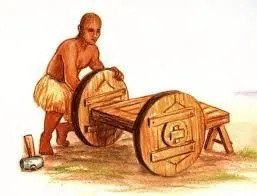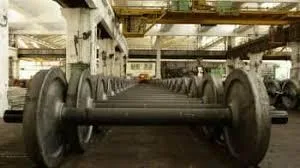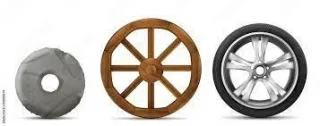technology

The integration of wheels in technological innovations spans a wide spectrum of applications, showcasing their versatility and transformative impact on various fields. In the realm of robotics, wheels are fundamental to the mobility of robotic systems. Automated guided vehicles and planetary rovers leverage wheels for seamless navigation through confined indoor spaces or the exploration of extraterrestrial environments. Humanoid robots, wheeled bases leg-wheel achieve a delicate balance between stability and agility, enabling smooth movement across diverse environments.
In drones, wheels contribute to the operational flexibility of these unmanned aerial vehicles. While quadcopters and hex copters are commonly associated with propellers, many models incorporate wheels for takeoff and landing, providing a stable base during ground operations. Some specialized ground-based drones use wheels to navigate challenging terrains, performing tasks like surveillance and reconnaissance with precision.
The integration of wheels brings lots of benefits, the success of these technological innovations. Their versatility allows for efficient navigation across various terrains, contributing to the adaptability of these systems. The stability and maneuverability offered by wheels ensure precise and reliable operation, while their accessibility makes wheeled systems well-suited for conventional infrastructure and everyday environments. In summary, the incorporation of wheels into technological advancements stands as a testament to their indispensable role in advancing mobility, automation, and efficiency across a diverse array of applications, enriching industries and enhancing everyday life.
Frequently Asked Questions
Wheel Technology and Innovation
What materials are commonly used in wheel manufacturing?
Wheels can be made from materials like rubber, metal, plastic, and composite materials, each chosen for its specific properties and application.

Do wheels have any cultural or symbolic significance
Yes, wheels have cultural significance and symbolism in various societies. They can represent progress, motion, and cycles of life in different cultural contexts.

Are there environmentally friendly uses of wheels?
Efficient transportation systems powered by wheels can contribute to environmental sustainability by reducing energy consumption and emissions.

How have advancements in wheel technology impacted vehicle performance?
Technological advancements, including tire design and materials, have significantly improved vehicle performance, offering better traction, durability, and fuel efficiency.

